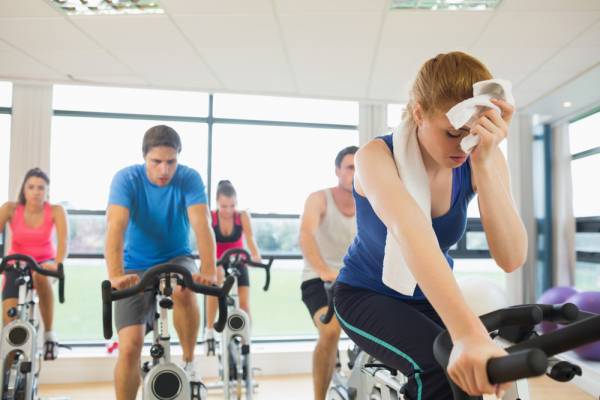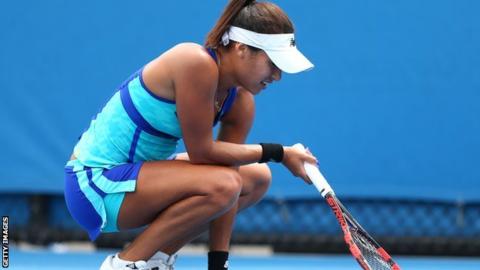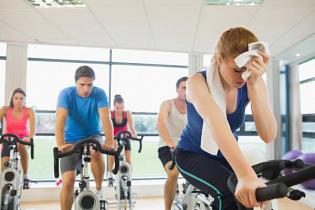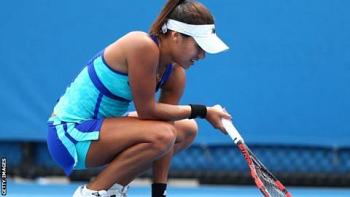Menstrual Cycle And Female Athletic Performance: Negative Relativity
Many women athletes have reportedly said that their menstrual cycle impacts upon their training and performance. A collaboration between UCL and St. Mary’s University, supported by Orreco has aimed for a deeper insight into this picture.
What science has taught us is that during menstruation due to regular blood loss there is loss of iron which hampers the overall metabolism and physiological function. If this deficiency is left untreated, this may compromise the oxygen carrying capacity of blood to progress further to anemia. Anemia causes tiredness, poor health and performance. Latest confirmation proposes that around half of exercising females may have a compromised iron status. In addition, other aspects such as sweating and foot-strike haemolysis can cause athletes to encounter small iron losses while training, thereby increasing their vulnerability to a low iron status.
The question is that even the elite performers are unaware of this problem. Last year British tennis player Heather Watson was on the top of the bill around the world when she ascribed her Australian Open loss to her menstrual period. This affirmation has finally broken silence on what has become one of the principal anathemas in sport for women.
However, even in top rated athletes, awareness of the link between menstruation and iron deficiency is poor. The prevalence of iron deficiency is greater in female athletes likely due to the menstrual cycle and this risk is more pronounced in those who have heavy menstrual bleeding. The research has brought about the fact that heavy bleeding is common in marathon runners, affecting more than one third which is about 36% and this was likewise as common in elite level athletes which is about 37%.
The Relative Energy Deficiency in Sport Syndrome or RED-S which is commonly linked with amenorrhea and oligomenorrhea are being studied along with other menstrual cycle irregularities, competition and training.
Stomach cramping is the most important complaint but South African studies have shown that that this difference in hormones all the way through the typical cycle can manipulate exercise functioning in understated ways such as altering the body’s temperature regulation and influencing how it metabolizes carbohydrates, protein and fat.
In a study on cyclists, scientists at the University of Cape Town and the Sport Science Institute of South Africa found that competing in the sport one to two days before ovulation, when oestrogen level is highest and progesterone is lowest, may actually enhance endurance performance of the atheletes.
Jessica Judd, an English runner, has described how her own times can vary by up to 15 seconds depending on the stage of her menstrual cycle. She said last year, “It’s scary that it can affect you so much because it’s the difference between first and last.” If one times it correctly the menstrual cycle might act in the favour than acting as a hindrance.
Comments
There are 0 comments on this post

















